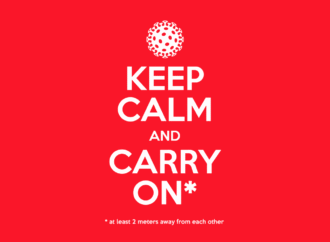Lean Quote: Closing the Knowing–Doing Gap
- Lean Quote
- October 17, 2025

Being a good leader means setting a confident, positive example for team members to follow, on top of effectively communicating with employees. Strong leadership is beneficial to both your company and employee base, increasing overall happiness and morale while elevating your bottom line. Business News Daily reports that, “…employees who work under great leaders tend
READ MORE
On Fridays I will post a Lean related Quote. Throughout our lifetimes many people touch our lives and leave us with words of wisdom. These can both be a source of new learning and also a point to pause and reflect upon lessons we have learned. Within Lean active learning is an important aspect on
READ MORE
For my Facebook fans you already know about this great feature. But for those of you that are not connected to A Lean Journey on Facebook or Twitter I post daily a feature I call Lean Tips. It is meant to be advice, things I learned from experience, and some knowledge tidbits about Lean to
READ MORE
The novel coronavirus is no longer culturally novel — it’s been several weeks since schools and non-essential workplaces began to close down, and many are settling into what’s become a new normal of social distancing. In lieu of face-to-face contact, people around the world have developed new ways to stay connected and still have fun,
READ MORE
On Fridays I will post a Lean related Quote. Throughout our lifetimes many people touch our lives and leave us with words of wisdom. These can both be a source of new learning and also a point to pause and reflect upon lessons we have learned. Within Lean active learning is an important aspect on
READ MORE
We are living in troubling times fraught with uncertainty. There is no coronavirus playbook. Company leaders are facing an unprecedented crisis as the COVID-19 outbreak spreads worldwide and impacts businesses across multiple industries. There are many questions about what comes next in the COVID-19 outbreak. Keep Calm and Carry On was a motivational poster produced by the British government in
READ MORE